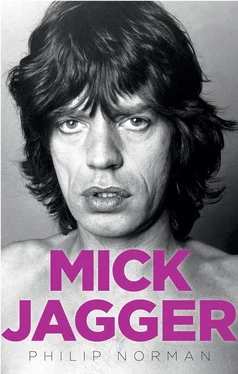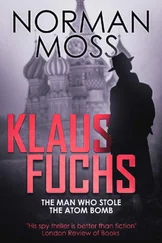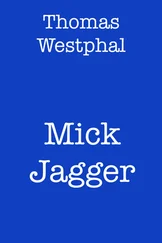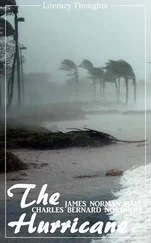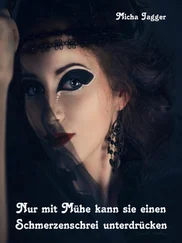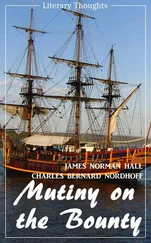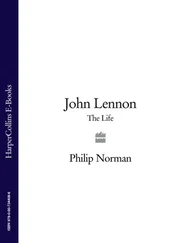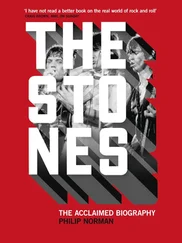It was also by long tradition Britain’s most highly politicised seat of learning, governed largely by old-school right-wingers but with an increasingly radical student population and junior staff. Though its heyday as a cauldron of youthful dissent was still half a dozen years in the future, LSE demonstrators already took to the streets on a regular basis, protesting against foreign atrocities like the Sharpeville Massacre in South Africa and supporting their elder statesman Bertrand Russell’s Campaign for Nuclear Disarmament. One of Mike’s fellow students, the future publisher and peer Matthew Evans, had won his place despite passing only one A-level and with a far more modest cache of O-levels, including woodwork. More important was that he’d taken part in the famous CND protest march to the nuclear weapons research establishment at Aldermaston, Berkshire.
On the same BSc degree course was Laurence Isaacson, in later life a highly successful restaurant tycoon who would quip that if he’d sung or played an instrument his future might have been very different. Born in Liverpool, he had attended Dovedale Primary School like John Lennon and George Harrison and then, like Lennon, gone on to Quarry Bank High School; now here he was actually sitting next to another future legend of rock. The two were doing the same specialist subject, industry and trade, for the second paper in their finals. ‘That meant that if Jagger missed a lecture, he’d copy out my notes, and if I missed one, I’d copy out his,’ Isaacson says. ‘I seem to recall he used to do most of the copying.’
Like Evans, Isaacson remembers him as ‘obviously extremely bright’ and easily capable of achieving a 2:1 degree. At lectures, he was always quiet and well mannered and spoke ‘like a nice middle-class boy . . . The trouble was that it still all felt a bit too much like school. You had to be very respectful to the tutors and, of course, never answer back. And the classes were so small that they always had their eye on you. I remember one shouting out, “Jagger . . . if you don’t concentrate, you’re never going to get anywhere !”’
Barely two years into a new decade, London had already taken huge strides away from the stuffy, sleepy fifties – though the changes were only just beginning. A feeling of excitement and expectation pulsed through the crusty old Victorian metropolis at every level: from its towering new office blocks and swirling new traffic overpasses and underpasses to its impudent new minicars, minivans and minicabs and ever-lengthening rows of parking meters; from its new wine bars, ‘bistros’ and Italian trattorias to its sophisticated new advertisements and brand identities and newly launched, or revivified, glossy magazines like Town, Queen and Tatler ; from its young men in modish narrower trousers, thick-striped shirts and square-toed shoes to its young women in masculine-looking V-necked Shetland sweaters, 1920s-style ropes of beads, black stockings and radically short skirts.
Innovation and experimentation (once again the merest amuse-bouche from the banquet to come) flourished at new theatres like Bernard Miles’s Mermaid and Joan Littlewood’s Theatre Royal, Stratford East; in the plays of Arnold Wesker and Harold Pinter; in mould-shattering productions like Peter Cook, Dudley Moore, Alan Bennett and Jonathan Miller’s Beyond the Fringe and Lionel Bart’s Oliver! The middle-aged metropolitan sophisticates whose posh accents always ruled London’s arts and media now began to seem laughably old-fashioned. An emergent school of young painters from humble families and provincial backgrounds – including Yorkshire’s David Hockney, Essex’s Allen Jones and Dartford’s Peter Blake – were being more talked and written about than any since the French Impressionists. Vogue magazine, the supreme arbiter of style and sophistication, ceased employing bow-tied society figures to photograph its model girls, instead hiring a brash young East End Cockney named David Bailey.
Only in popular music did excitement seem to be dwindling rather than growing. The ructions that rock ’n’ roll had caused among mid-fifties teenagers were a distant, almost embarrassing memory. Elvis Presley had disappeared into the US army for two years, and then emerged shorn of his sideburns, singing ballads and hymns. The American music industry had been convulsed by scandals over payola and the misadventures of individual stars. Buddy Holly and Eddie Cochran were dead; Little Richard had found God; Jerry Lee Lewis had been engulfed in controversy after bigamously marrying his thirteen-year-old cousin; Chuck Berry had been convicted on an immorality charge involving a teenage girl. The new teenage icons were throwbacks to the crooner era, with names like Frankie and Bobby, chosen for prettiness rather than vocal talent, and their manifest inability to hurt a fly (or unbutton one). The only creative sparks came from young white songwriters working out of New York’s Brill Building, largely supplying black singers and groups, and from the black-owned Motown record label in Detroit: all conclusive proof that ‘race’ music was dead and buried.
Such rock idols as Britain had produced – Tommy Steele, Adam Faith, Cliff Richard – had all heeded the dire warnings that it couldn’t possibly last and crossed over as soon as possible into mainstream show business. The current craze was ‘Trad’, a homogenised version of traditional jazz whose bands dressed in faux -Victorian bowler hats and waistcoats and played mainstream show tunes like Cole Porter’s ‘I Love You, Samantha’ and even Rodgers and Hammerstein’s ‘March of the Siamese Children’. The wild, skirt-twirling rock ’n’ roll jive had given way to the slower, more formal Stomp, which involved minimal bodily contact between the dancers and tended to come to a respectful halt during drum solos.
In short, the danger seemed to have passed.
BARELY A MONTH into Mike’s first term at LSE, he met up with Keith Richards again and they resumed the conversation that had broken off in the Wentworth County Primary playground eleven years earlier.
The second most important partnership in rock music history might never have happened if either of them had got out of bed five minutes later, missed a bus, or lingered to buy a pack of cigarettes or a Mars bar. It took place early one weekday on the ‘up’ platform at Dartford railway station as they waited for the same train, Mike to get to Charing Cross in London and Keith to Sidcup, four stops away, where he was now at art college.
Since their discussion about cowboys and guitars as seven-year-olds, they had remained vaguely in each other’s orbit without being friends. When the Jaggers lived on Denver Road in the centre of Dartford, Keith’s home had been on Chastillian Road, literally one street away. Their mothers were on casually friendly terms, and would exchange family news if ever they chanced to meet around town. But after Wentworth their only further encounter had been one summer day outside Dartford Library when Mike had a holiday job selling ice cream and Keith, recognising him, stopped and bought one. That time, their conversation had been even briefer, albeit punctuated by a prophetic lapping tongue.
As eighteen-year-olds, waiting among the diurnal wage slaves at Dartford Station, they could not have looked more different. Mike was a typical middle-class student with his beige wool cardigan and black-, purple- and yellow-striped LSE scarf. Keith, though also technically a student, did his utmost not to resemble one with his faded blue denim jeans and jerkin and lilac-coloured shirt. To 1961 eyes, that made an unpleasing cross between a Teddy Boy and a beatnik.
Keith instantly recognised Mike by the lips, as Mike did Keith by the almost skull-bony face and protruding ears that had barely changed since he was in short trousers. It also happened that Mike was carrying two albums he had just received from the Chess label in Chicago, The Best of Muddy Waters and Chuck Berry’s Rockin’ at the Hops . ‘To me,’ Keith would recall, ‘that was Captain Morgan’s treasure. I thought, “I know you. And what you got under your arm’s worth robbing.”’
Читать дальше
